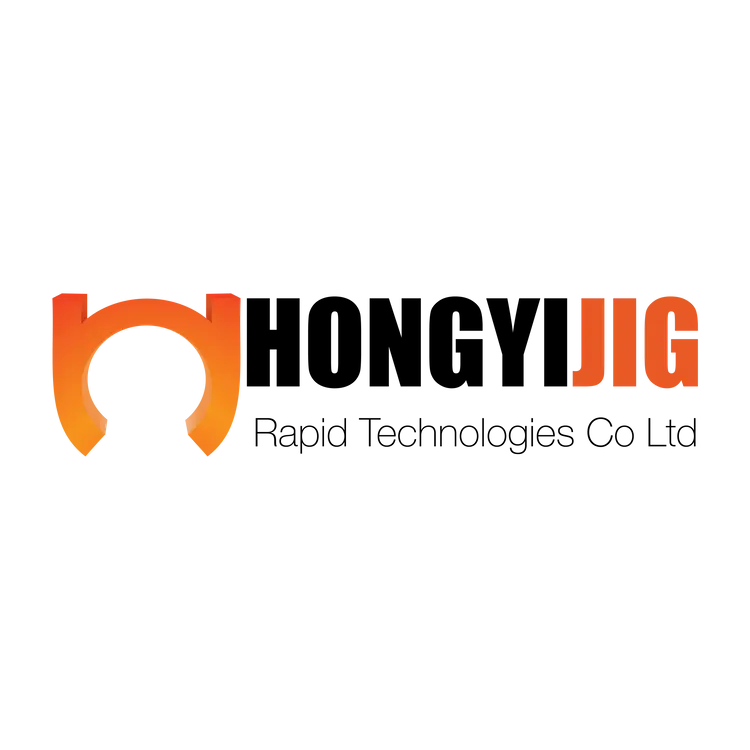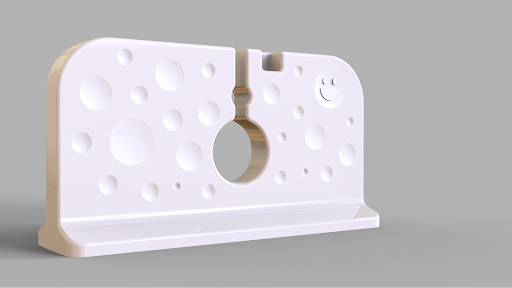Tool and die makers in India | Plastic Mould Manufacturer
15/1 Rama Road
Kirti Nagar Delhi-110015 India
+91 8883912346
asia@hongyijig.com
Certified
ISO 9001:2015

PRODUCTDEVELOPMENT
INJECTIONMOULD
- KITCHEN APPLIANCES
- HOME APPLIANCE
- ELECTRONICS ENCLOSURES
- INDUSTRIAL PRODUCTS
- MEDICAL COMPONENTS & EQUIPMENTS COMMODITY
- FURNITURE
PRODUCT DEVELOPMENT
INJECTION MOULD
- KITCHEN APPLIANCES
- HOME APPLIANCE
- ELECTRONICS ENCLOSURES
- INDUSTRIAL PRODUCTS
- MEDICAL COMPONENTS & EQUIPMENTS COMMODITY
- FURNITURE
CASE STUDY
MEDICAL COMPONENT
Outcome:
The injection mould for the elastomer component was successful in producing the required components with snap locks. Boston Medical Centre was pleased with the quality and accuracy of the components produced. The transparent elastomer component met their specifications and needs.
Conclusion:
Working with Boston Medical Centre to create an injection mould for a transparent elastomer component with snap locks was a successful collaboration. Our expertise in engineering and mould design allowed us to develop a mould that met their needs and specifications. The first trial achieved 95% accuracy, and the final product met the quality standards required for medical equipment components. We look forward to continuing our partnership with Boston Medical Centre and meeting their future requirements.
CASE STUDY
MEDICAL COMPONENTS
Transparent Elastomer Component with High precision Engineering
The Solution for Medical Engineering
Introduction:
Boston Medical Centre, a medical equipment R&D company, approached us with a requirement for a transparent elastomer component with snap locks. We took on the challenge and developed an injection mould for the component to meet their needs.
Approach:
We used our expertise in engineering and mould design to create an injection mould for the elastomer component. Our team worked closely with Boston Medical Centre to ensure that the mould met their specifications and needs. Once the mould was ready, we conducted a first trial and achieved 95% accuracy.

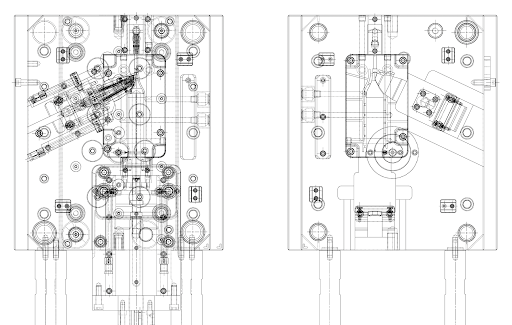

CASE STUDY
INDUSTRIAL PRODCTS
CASE STUDY
INDUSTRIAL PRODUCTS
Efficient Moulds | Quality Production
A CASE STUDY FOR PACKAGING TAPE WRAPPING EQUIPMENT
CASE STUDY
TAPE CUTTER
Introduction:
Our client approached us to develop a packaging tape wrapping equipment that included gears and a cam mechanism. The project involved industrial product designing, detailed engineering, DFM, Moldflow, Tool Design, and small batch production.
Approach:
We created 3D models of the equipment, checked the fitment, and made necessary adjustments to ensure a perfect fit. We conducted DFM and Moldflow analysis to optimize the manufacturing process and designed injection molds for all the components and gear parts.
CASE STUDY
INDUSTRIAL PRODUCTS
Engineering Success
Packaging Tape Wrapping Equipment
Outcome:
The equipment was developed within the specified timeframe and budget, met all the requirements, and was easy to use. The plastic components were sturdy and durable, ensuring heavy usage. The cam mechanism and gear parts worked seamlessly, and the client was pleased with the outcome.
Conclusion:
Developing a packaging tape wrapping equipment with gears and cam mechanisms required a thorough understanding of the technical and functional requirements. Our team completed the project within the specified timeframe and budget while ensuring all components were functioning correctly. The equipment was a success, and the client was satisfied with the outcome.
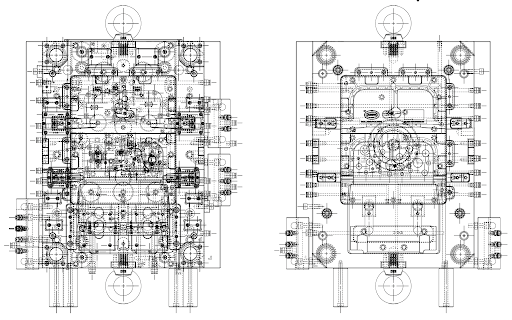
CASE STUDY
ELECTRONICS ENCLOSURE
CASE STUDY
ELECTRONICS ENCLOSURE
Design & Development of Electronic Enclosure for Gaming Remote
Tooling for Gaming Remote
CASE STUDY
GAMING REMOTE
Outcome:
We manufactured the international quality moulds using high-quality tool steel. The production process ensured that the electronic enclosures were sturdy, durable, and met the customer’s quality benchmark. The finished product was aesthetically pleasing and provided a comfortable grip to the users.
Conclusion:
Designing and developing electronic enclosures for gaming remote was a challenging task. We used 3D modeling software to design the product and conducted extensive testing to ensure functionality and fitment. The final product was sturdy, durable, and aesthetically pleasing, meeting the customer’s quality benchmark. The project was a success, and the client was satisfied with the outcome.

Introduction:
Our client wanted to develop electronic enclosures for gaming remote in India that could compete with established players in the market. The primary challenge was creating a steady fitment of electronic components in the plastic cabinet.
Approach:
We developed a design using 3D modeling software that ensured a steady fitment of electronic components in the plastic cabinet. After developing prototypes and testing the fitment and functionality of the product, we moved on to the next stage of production.
CASE STUDY
ELECTRONICS ENCLOSURES
International Quality Gaming Remote
The Solution for Engineering | Tooling
CASE STUDY
WATER PURIFIER
Outcome:
The new water purifier model met all technical and functional requirements, was aesthetically appealing, and was well-received in the market. The client was pleased with the outcome.
Conclusion:
Our team completed the project within the timeframe and budget, meeting all requirements. The new water purifier model was a success, and the client was satisfied with the outcome.
CASE STUDY
WATER PURIFIER
Developing an Efficient & Aesthetically Appearing Water Purifier
Industrial Product Design & Tooling
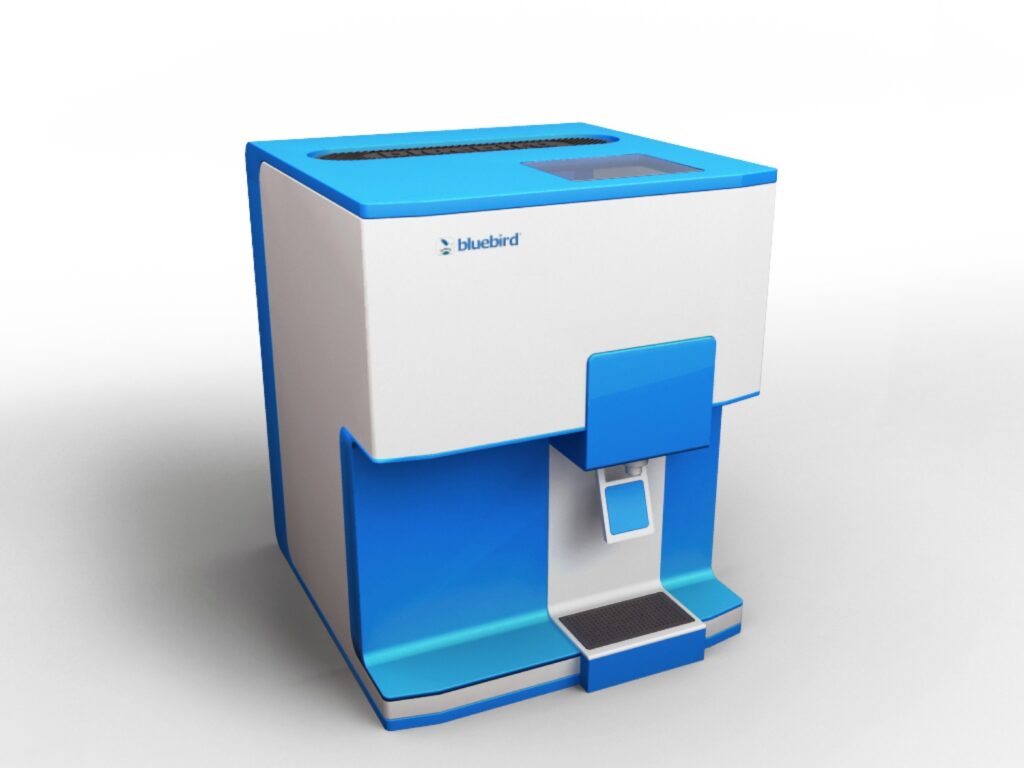
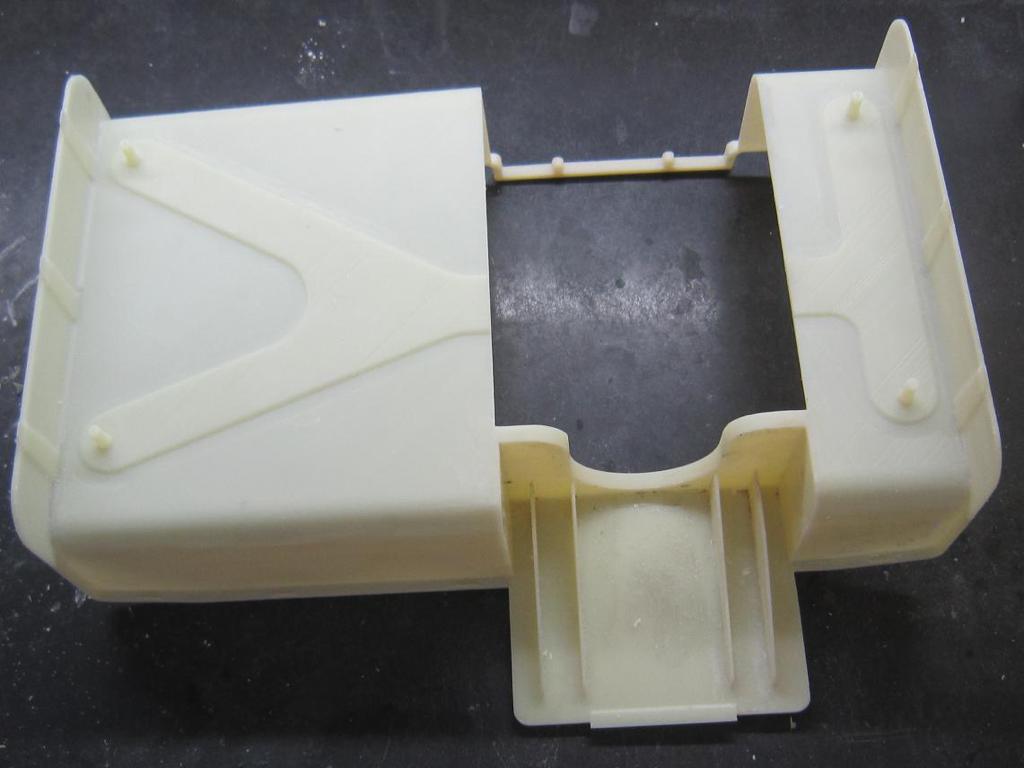
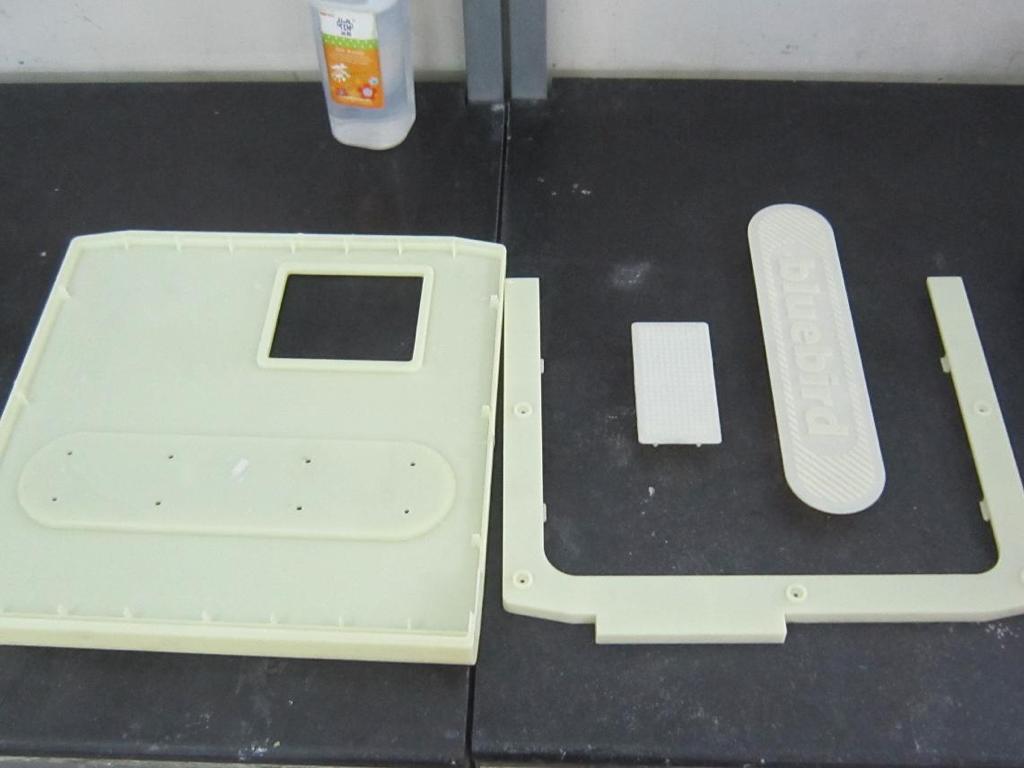
Introduction:
Our client wanted to develop a new water purifier model that would be efficient, cost-effective, and aesthetically appealing. We took on the project, which involved industrial product designing, detailed engineering, DFM, Moldflow, Tool Design, and small batch production.
Approach:
We started with a thorough analysis of the client’s requirements and industry standards. We then developed a product specification document and created 3D models of the water purifier. We identified bought-out parts, selected materials, and checked fitment and alignment. We conducted DFM, Moldflow, Tool Design, and injection moulding of seven components, and trialed small batch production to ensure mould quality.
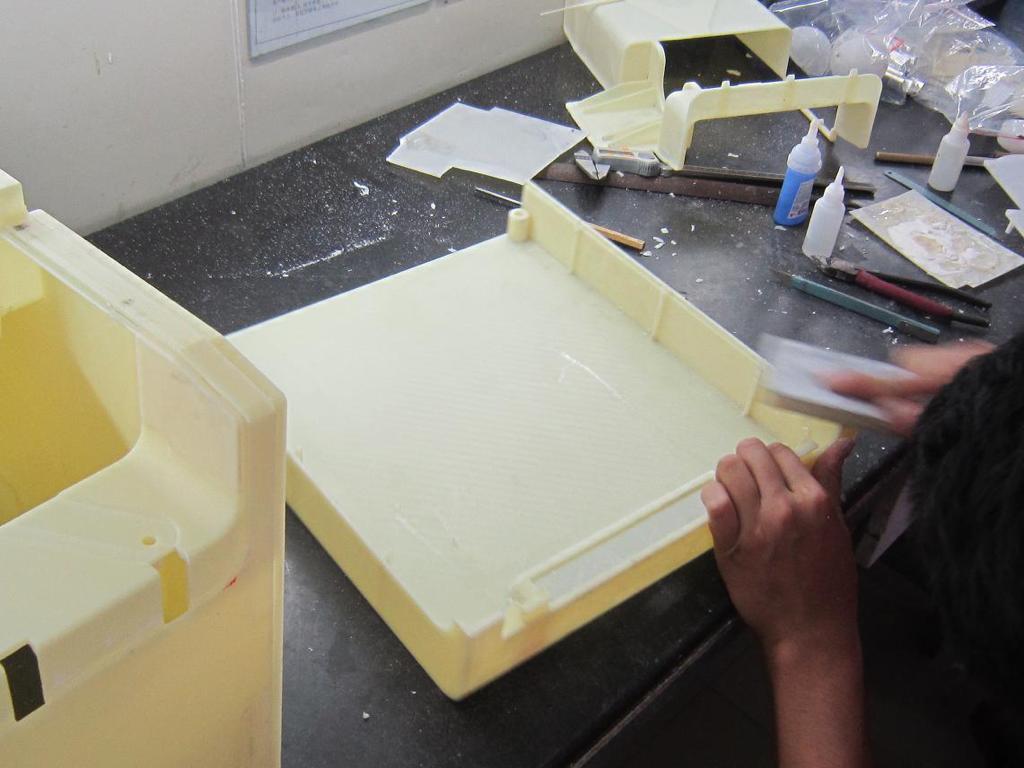
CASE STUDY
COMMERCIAL COOLER
Introduction:
This case study focuses on the development of 18 injection moulds for commercial coolers, using high-quality tool steel, Yudo hot runner systems, and a lead time of 55 days for tooling.
The Challenge:
The client wanted 18 injection moulds to be developed within a lead time of 55 days. The main challenge was to design and develop the moulds in such a way that they could produce high-quality commercial coolers in a short time.


The Solution:
Assab P-20 tool steel was used for the moulds, which is known for its durability and strength. Hot runner systems from Yudo were also used, which eliminates the need for runners and gates, resulting in less waste and lower production costs.
The Outcome:
The 18 injection moulds were developed within the lead time of 55 days and were successful in producing 50 sets of commercial coolers. The quality of the commercial coolers was consistent and met the client’s expectations.
Conclusion:
Developing injection moulds for commercial coolers requires high-quality materials and expertise. The use of Assab P-20 tool steel and hot runner systems from Yudo resulted in efficient mass production of commercial coolers, meeting the client’s requirements.

CASE STUDY
HOME APPLIANCES
Efficient Moulds | Quality Production
The Solution for Commercial Coolers.
CASE STUDY
AIR COOLER
CASE STUDY
HOME APPLAIANCES

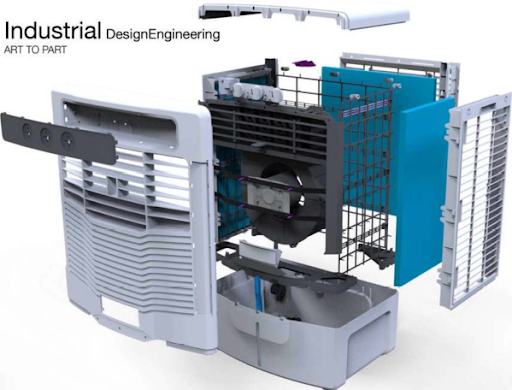
Introduction:
PG Electroplast approached us with a requirement for developing an air cooler for the Indian market for their client Voltas. We took on the challenge and provided complete engineering designs for the air cooler, including the fan motor, swing motors, screws, clamps, and other components. We also developed injection moulds for 27 components, created functional prototypes, and validated the CAD d
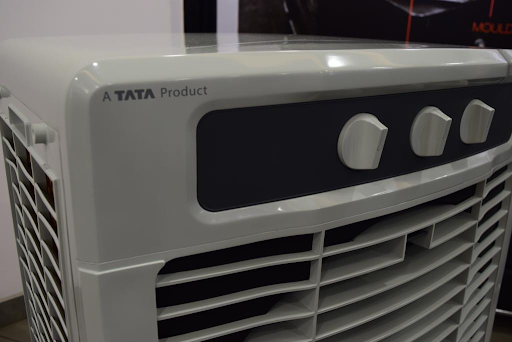
Approach:
Our team of design engineers used their expertise to create complete engineering designs for the air cooler. We then created functional prototypes and validated the CAD data before developing injection moulds for 27 components. The first trial of the moulds took 60 days, during which we checked the assembly and targeted fitment issues. We made necessary adjustments and finally obtained finished samples on the second attempt. We then produced 100 air cooler sets to ensure that there were no issues during production.
CASE STUDY
HOME APPLIANCES
Efficient Moulds | Quality Production
The Solution for Domestic Coolers.
CASE STUDY
PG ELECTROPLAST
Conclusion:
Our expertise in design engineering and injection moulding helped us to develop a high-quality air cooler for PG Electroplast client, Voltas. We worked closely with the client throughout the project to ensure that their requirements were met. Our team’s efforts resulted in a successful product that met the required quality standards and exceeded the client’s expectations. We look forward to continuing our partnership with PG Electroplast and meeting their future requirements.



Outcome:
Our design engineering and injection moulding expertise helped us to successfully develop an air cooler for PG Electroplast client, Voltas. The injection moulds for 27 components were developed, functional prototypes were created, and the engineering design was validated before production began. The finished product met the required quality standards and exceeded the client’s expectations.
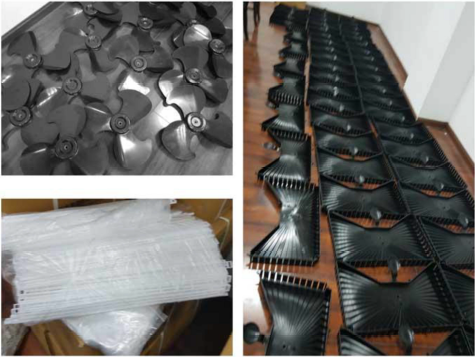

CASE STUDY
TOOTH BRUSH
Outcome:
The specialized toothbrush model was successfully developed within the specified timeframe and budget. The product met all the technical and functional requirements and was easy to use. The double color scheme made the product stand out on the market shelves. The client was pleased with the outcome, and the product was well-received in the market.
Conclusion:
Developing a specialized toothbrush that contained toothpaste in a jelly form involved several complex tasks. Our team was able to complete the project within the specified timeframe and budget, while meeting all the technical and functional requirements. The specialized toothbrush model was a success, and the client was satisfied with the outcome.
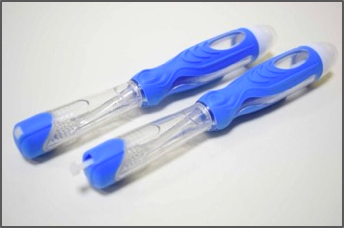
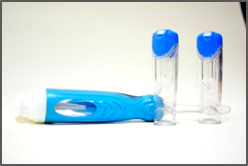
Introduction:
Our client wanted to develop a toothbrush that would contain toothpaste in a jelly form. We were tasked with creating a toothbrush design that met the latest dental care standards and regulations. Our approach involved industrial product designing, detailed engineering, DFM, Moldflow, Tool Design, and small batch production.
Approach:
We developed a product specification document that outlined all the technical and functional requirements for the toothbrush. Our team created 3D models of the toothbrush and paid special attention to the fitment of the toothpaste jelly. We created functional prototypes to check the alignment and made adjustments to ensure a perfect fit.
DFM and Moldflow analysis were conducted to optimize the manufacturing process and reduce the risk of defects. We designed a core rotating injection mold for the toothbrush body and cover cap.
CASE STUDY
COMMODITY PRODUCTS
Efficient Moulds | Quality Production
The Solution for 2K moulds
CASE STUDY
SUITCASE
CASE STUDY
COMMODITY SUITCASE
Design & Injection moulds Development of Suitcase Assembly Components
The Solution for Complete Suitcase
Introduction:
Our company was approached by a client who needed a high-quality suitcase that was both durable and elegant. We provided complete engineering designs and developed injection moulds for all components, including the body cover, caster wheels, and cage.
Approach:
Our team of design engineers created complete engineering designs and developed injection moulds for all components using Tool steel 738H from LKM Steel brand. The mould manufacturing lead time was 60 days. We added a special texture to enhance the product’s elegance.

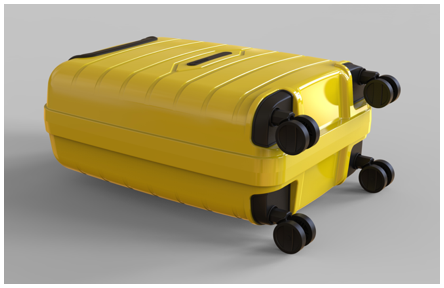
Outcome:
Our expertise in design engineering and injection moulding helped us to develop a high-quality suitcase. The injection moulds for all components were developed with Tool steel 738H from LKM Steel brand, which ensured durability. The special texture added an elegant feel to the product, making it stand out from the competition.
Conclusion:
Our expertise helped us to develop a high-quality suitcase that met the client’s requirements. The injection moulds for all components were developed with Tool steel 738H from LKM Steel brand, ensuring durability. The special texture added an elegant feel to the product. We are proud to have delivered a product that met the required quality standards and that our client can be proud of.
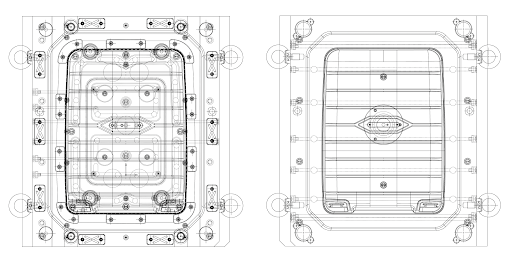
CASE STUDY
GRAVITY RO
We also conducted a Moldflow analysis to determine how the plastic would flow into the mould during the injection moulding process. Changes accordingly. This analysis helped us identify any potential issues that could arise during manufacturing and allowed us to make design
Tool Design and Manufacturing:
With the design and analysis complete, we moved on to tool design and manufacturing. Our team of tool designers used the latest software to design the injection moulds, which were then manufactured using high-quality materials to ensure durability and long-lasting performance. We also conducted quality checks throughout the manufacturing process to ensure the moulds met the required specifications.
Conclusion:
The injection moulds for the gravity-based RO purifier were successfully designed and developed using a combination of design software, analysis tools, and manufacturing techniques. Our team worked closely with the client to ensure the product met their requirements and was cost-effective to manufacture. The final product was well received by the market and provided a much-needed solution to the problem of clean drinking water in rural areas with limited access to electricity.



Introduction:
Gravity-based water purifiers have been a popular choice for many households in rural India, where electricity is a problem. Our client, a leading water purifier company, approached us to design and develop injection moulds for their latest product – a gravity-based RO purifier. The product was designed to provide clean drinking water to households in rural areas where electricity is scarce.
Design and Development:
Our team of engineers worked closely with the client to understand their requirements and design a product that was cost-effective and easy to use. We started by creating a 3D model of the product using CAD software. Once the client approved the design, we created a physical prototype for testing purposes.
DFM Reports and Moldflow Analysis:
To ensure the product could be manufactured efficiently and cost-effectively, we generated Design for Manufacturing (DFM) reports. These reports helped us identify any design changes needed to optimize the manufacturing process.

